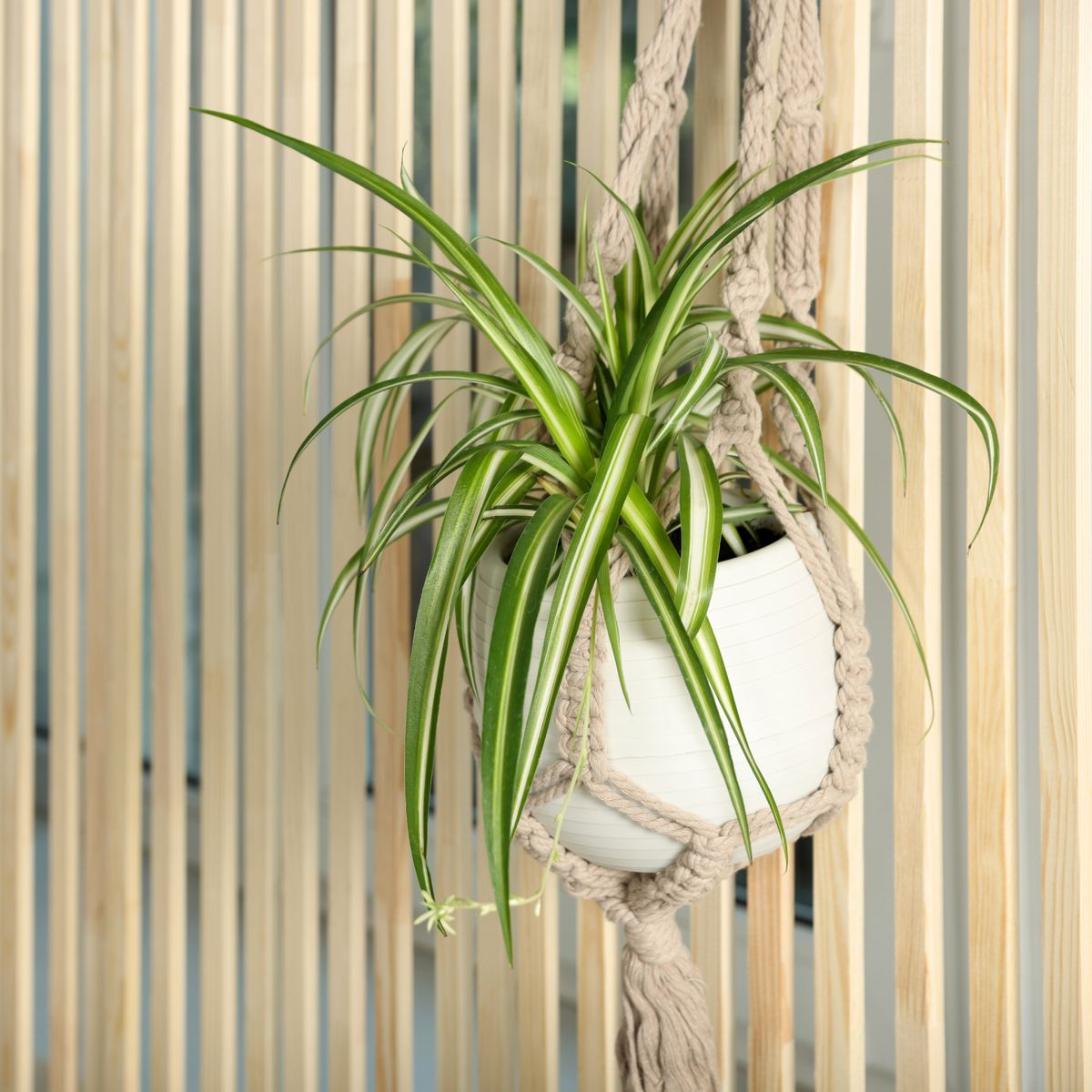[ad_1]
In the gardening world, the area between the sidewalk and the road is often known as the hellstrip due to the difficulty in getting plants to grow, much less survive, in such a stressed location. One of the factors that makes it so difficult for us to beautify this area is the use of salt on roads during our long and snowy winter months. Thankfully, there are ways of dealing with the effects of heavy salt use that can be used in this location and in similar areas exposed to the street to ensure that plants located in these spots can continue to survive.

Cause
Salt damage on plants can occur in several ways. In the soil or on foliage, salt pulls moisture away from the roots, stems, buds, leaves, and needles of evergreen plants, causing desiccation, or drying out, which can easily be seen through the browning and dying of affected areas of the plants. Salt in the soil causes further injury through the breakdown into sodium and chloride ions, the latter being readily absorbed and transported to the leaves, where it builds up to toxic levels and causes marginal leaf burn. In addition to seeing these effects outside after winter, you may also see them on your houseplants from a similar buildup of salt in the soil.

Prevention
To mitigate potential damage from winter salt, consider using sand or deicing agents other than sodium chloride (rock salt), while being careful to not overapply. If you aren’t able to control what is being applied or where it is being used, avoid placing salt-sensitive plants in meltwater runoffs or areas that frequently have exposure to salt spray and cleared snow, which may contain high levels of salt. Salt-tolerant plants are available to use in these situations, but that does not mean they will be free from injury if there is high salt use.

Mitigation
Water is the best way to mitigate damage to potentially affected plants. Fresh water applied through snowmelt, rainfall, or irrigation leaches out the salt in the soil while also washing it off exposed stems, buds, leaves, and needles. In the spring, an application of gypsum (calcium sulfate) will replace the sodium ions from the rock salt in the soil, hopefully preventing additional uptake and damage.

Salt-Tolerant Perennials
Here are several hardy perennials of various sizes, colors, and textures to consider using in high-salt-use areas:
- Blanket flower (Gaillardia aristata, Zones 3–8)
- Daylily (Hemerocallis spp. and cvs., Zones 3–9)
- Yarrow (Achillea spp. and cvs., Zones 3–8)
- Sea thrift (Armeria maritima, Zones 4–8)
- Columbine (Aquilegia spp. and cvs., Zones 3–8)
- Lady’s mantle (Alchemilla mollis, Zones 3–8)
- Catmint (Nepeta spp. and cvs., Zones 3–8)
- Russian sage (Salvia yangii syn. Perovskia atriplicifolia, Zones 4–9)

Salt-Tolerant Shrubs and Trees
There are also salt-tolerant evergreen and deciduous shrub and tree options to consider, including these:
- Juniper (Juniperus spp. and cvs., Zones 2–8)
- Mugo pine (Pinus mugo and cvs., Zones 3–7)
- Hackberry (Celtis occidentalis, Zone 2–9)
- Kentucky coffeetree (Gymnocladus dioicus, Zones 3–8)
- Thornless honey-locust (Gleditsia triacanthos f. inermis, Zones 4–10)
- Siberian peashrub (Caragana arborescens, Zones 2–6)
- Summersweet (Clethra alnifolia, Zones 4–9)
- Shrubby cinquefoil (Potentilla fruticosa, Zones 2–7)
- Staghorn sumac (Rhus typhina, Zones 3–8)
- Rugosa rose (Rosa rugosa, Zones 3–7)
If you’re interested in learning more about how to protect against salt damage, read Preventing and Repairing Winter Damage. As we continue through another Northern Plains winter, do everything you can to ensure that your landscape is full of happy and healthy plants to enjoy for years to come.
—Chris Schlenker is horticulture and grounds manager of McCrory Gardens at South Dakota State University in Brookings, South Dakota.
Get our latest tips, how-to articles, and instructional videos sent to your inbox.
[ad_2]
Source link








 + Planting String of Watermelon Succulents
+ Planting String of Watermelon Succulents  with Garden Answer
with Garden Answer


